Guidelines for using AI for note-taking in meetings
AI (Artificial Intelligence) note-taking tools bring efficiency and convenience to recording meetings, while also promoting increased focus and attention on the meeting content. By eliminating the need for manual note-taking, participants can fully engage in discussions, absorb information more readily, and contribute more actively. This can lead to more productive and enriching meetings for all involved. However, careful consideration is still needed to address concerns about privacy, accuracy, and equitable access. These guidelines clarify how to use AI note-taking responsibly within the university context.
- Transparency:
- Transparency regarding the use of AI note-takers instills trust. Clearly state the purpose of note-taking and specify the AI tool being used.
- Meeting host responsibilities:
- The meeting organizer determines the use of AI note-taking
- Informing participants of a meeting that AI note-takers will be used is essential. Participants should be clearly notified about the process and purpose of using the technology.
- If objections exist, alternative note-taking methods should be explored and considered.
- Information security:
- Sensitive data must be handled securely. Adhere to university data protection policies regarding storage, access, and retention periods.
- Accuracy:
- AI notes may contain errors and should be reviewed for accuracy before wide-spread distribution.
- Verification is crucial, particularly for high-stakes decisions.
- If meeting notes are kept for the purpose of documenting the meeting (as opposed to personal notes), they should be reviewed by the host, verified by participants, and formally approved by the represented group.
- Be aware of potential biases in AI algorithms and take steps to mitigate them. Ensure summaries are fair and representative of all participants.
- AI notes should summarize the meeting content objectively
- Private conversations or irrelevant details should be removed
- Accessibility:
- Ensure accessibility to AI notes for all participants, considering potential disabilities or preferences for non-digital formats.
Addressing specific questions
- Who decides how AI generated notes are distributed?
- The meeting organizer is primarily responsible for distribution but should consult with participants.
- Notes containing confidential information require restricted distribution.
- Can multiple AI note-takers be used within a meeting?
- Multiple AI tools can be used concurrently, but all must adhere to the guidelines, consent and transparency principles.
- Collaboration may be necessary to produce a final meeting record.
- Mandatory or restricted AI note-taking?
- Mandating AI note-taking is generally not recommended due to consent considerations.
- Exceptions may exist for formal committees where accurate minutes are legally required.
- AI note-taking should be strongly discouraged for sensitive meetings like performance evaluations, disciplinary matters, or discussions with students.
- Retention and storage of AI notes?
- Retention periods should align with the nature of the meeting and any university record-keeping policies.
- Secure storage is vital, following university data protection protocols.
- Third-party AI apps may have different retention policies from ATSU. Meeting notes should be moved to an ATSU storage location to ensure University retention policies are met.
Conclusion
By adhering to these principles, the university can harness the benefits of AI note-taking while safeguarding privacy, fostering transparency, and ensuring the accurate representation of meeting discussions.
